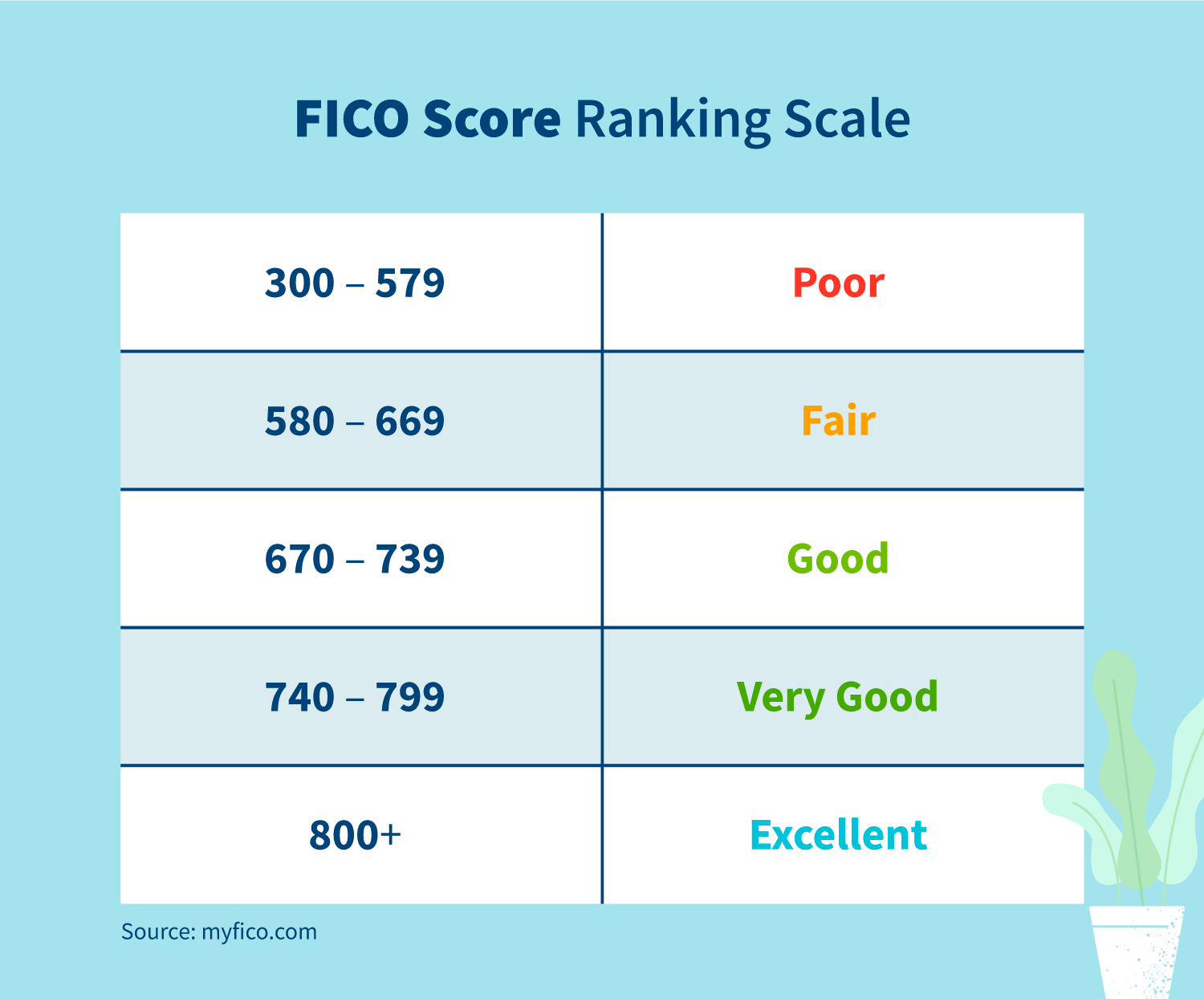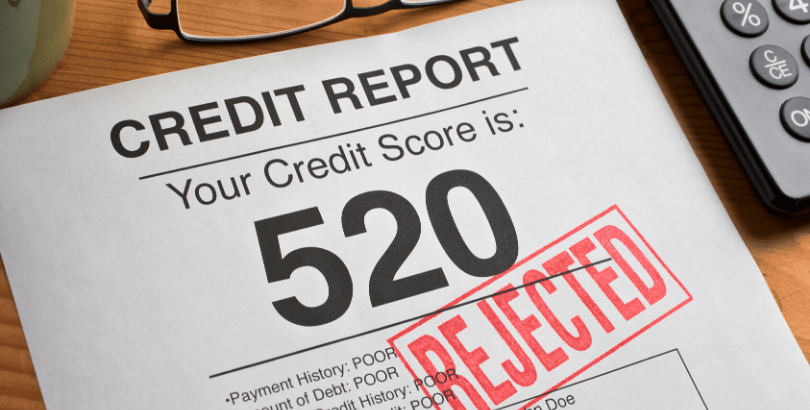
Low utilization rates are the best for credit scores. Schulz says this should be below 30%. However, this number can reach as high as 30% before it negatively affects credit scores. If you have a credit line, you should use no more than 30%. If you do have a balance, you should make sure to pay it off in full every billing cycle. These are some tips to help you achieve a low utilization rate:
A low credit utilization rate is better than zero debt
Low credit utilization ratios are better than zero debt. This is an important question because your credit score will depend on it. This is how you can improve your credit score. Good credit scores are essential for getting credit when you need it, and for reaching your financial goals. But how do you find out if a low credit utilization ratio is better than zero debt?
One way to improve your credit utilization ratio is to pay off your balances. Even though credit cards may seem appealing, they can make it more difficult to manage your finances. Avoid falling for this trap as it could have negative consequences on your financial health. In addition, opening new accounts could lower your credit score. This practice can also increase the number of accounts on credit reports, which can be detrimental to your credit score.

It's a good indicator of how you manage your finances.
Your credit utilization rate can reveal a lot about your financial management. It's not the only factor lenders consider. The credit score is just one factor. A low credit utilization ratio is better than a high one. This could be a sign that you're not managing your finances well. The good news? Below 30% is the optimal utilization rate. This metric is not a hard-and-fast metric.
A high credit utilization rate can signify poor financial management. This can make it difficult for you to get a loan, or credit card. There are ways to decrease your credit utilization. You can request more credit. Creditors will increase your credit limit if your payments are on time and you don't spend more than you can afford. However, remember that multiple inquiries will lower your score.
It is an important factor in determining if you are eligible for a mortgage
If you're considering applying for a mortgage, you may have heard that your credit utilization ratio will be one of the factors that lenders look at. This metric measures how much credit was used relative to how much you have borrowed. In other words, if you have a $10,000 credit limit, but only use $2500, your credit utilization is 20 percent. This ratio will also be taken into consideration by the lender, who will ask for proof that you are able to repay your debts on time.
There are many things you can do in order to increase your credit utilization ratio. Paying off large purchases is the first. You can avoid your credit utilization ratio increasing by quickly paying off large purchases. Pay off large purchases before the due date for any credit cards. This will help avoid high utilization being reported to the credit bureaus. You should act immediately if you intend to apply for a mortgage in the future. It is also important to keep your credit score high.

Calculating it
The credit utilization ratio is the percentage of credit used compared to the total amount of available credit. This ratio can be calculated by adding up all credit card balances. These limits can often be found by logging into credit card accounts. Once you have these numbers, you can multiply them 100 times to determine your total credit utilization. A credit utilization rate of 50% means you're using half your credit.
There are two simple and effective ways to improve your ratio: increase your available credit limit or decrease your credit usage. The safest way to do so is by charging less than you normally would. You will have a higher credit score if you manage your credit cards well. Here's how. This strategy will increase credit utilization and reduce your spending. Once you have learned how to maximize your credit limit, you can begin improving your credit score.